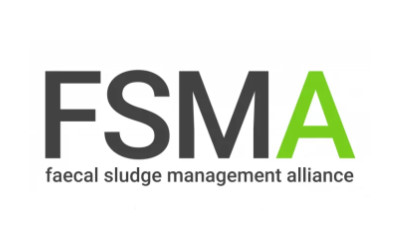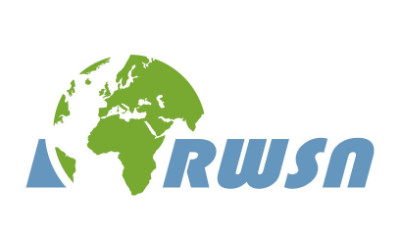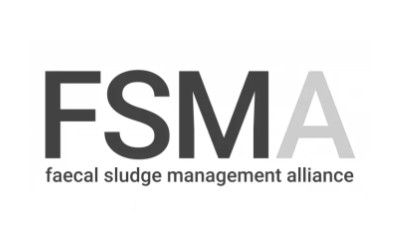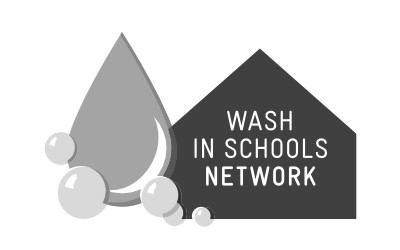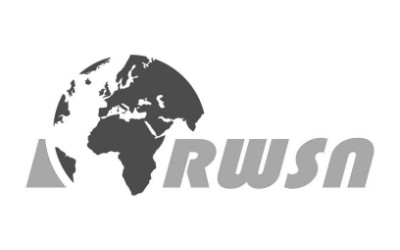
Published in: 2009
Publisher:
Financing Sanitation Symposium, KfW, Frankfurt, Germany
Author:
Various authors
Uploaded by:
SuSanA secretariat
Partner profile:
common upload
6146 Views
212 Downloads
Content - Summary
Prepared for the KfW Water Symposium 2009 in Frankfurt
Authors: Evans, B., Trémolet, S., Jenkins, M., Pfeiffer, V., Etienne, J., Mara, D., Cornel, P., Bieker, S., Mathys, A., Richards, T., Dardenne, B.
Session 1:
Financing change in personal hygiene behaviour and demand creation for sanitation
A rapid review of past experiences in developed countries and the evolution of methods used in developing countries, including successes and failures, in changing hygiene and sanitation behaviors are presented. We examine relative costs and impacts where these data are available and consider institutional arrangements and actors, as well as approaches for linking hygiene behavior change and sanitation demand creation (so called software investments) with hardware investments. Finally, we explore considerations and opportunities for development banks and other financing agencies to become engaged in the scale-up of hygiene behavior
change and sanitation demand creation approaches which have demonstrated success. (Marion Jenkins, Janique Etienne, Verena Pfeiffer)
++++++++++++
Session 2:
Targeting the Poor – Facilities and Improved Services
This paper looks at the interventions that can help poor people to access sanitation goods and services. It focuses on three types of interventions; the use of low-cost technologies, the use of micro-credit and the use of targeted public finance (or subsidies) to reduce the funding gap that poor people face to meet the capital and recurrent costs of sustainable sanitation. The paper then focuses on the use of targeted
public finance and lays out five parameters against which performance can be assessed. These are: targeting (the ability to steer money to the poorest families), effectiveness (the tendency to construct toilets that are wanted and used properly in conjunction with necessary hygienic behaviours); leveraging (the potential to leverage additional (household/ local government) investment including not crowding out other sources of
funding), sustainability (the ability to deliver along the ‘whole’ sanitation service value chain to ensure both household access and long term effective management) and the scale of impact. The paper develops a typology of targeted public funding strategies and gives examples of their performance against these parameters. The paper concludes
with some general lessons for development banks for the design of interventions designed to increase access to sanitation for poor people.
(Barbara Evans, Sophie Trémolet)
++++++++++++
Session 3:
Sanitation Options for Low Income Urban Areas: Technical Options and Financial Arrangements (Duncan Mara)
Co-Paper:
Semicentralised Supply and Treatment Systems – Integrated Solutions for Fast Growing Urban Areas (Peter Cornel / Susanne Bieker)
Annex:
From No Basic Sanitation to Condominial Sewerage – The Example of El Alto (Bolivia)(Alain Mathys)
Two trends characterise the current world population development: absolute population growth and rapid urbanization. Rapid urbanization, taking place in Asia, Latin America and Africa, puts major pressure on the affected regions. While most of this growth is expected to occur in low-income areas, today’s development of e.g. Asian countries is stamped by a combination of urbanization with high rates of economic growth. A conventional centralised infrastructure of supply, treatment and disposal of water cannot cope with the new challenges arising from these incomparably high growth rates. New approaches are therefore required for ecological, socio-cultural and economical reasons, and – at least
partially – they do exist.
In the main paper Professor Duncan Mara makes a distinction between on-site and off-site sanitation and high density and lower density population areas. In high-density areas (> 160 – 200 inhabitants / ha), he sees three viable options: simplified sewerage, low-cost combined sewerage and community-managed sanitation blocks. In lower density areas, pit latrines, vault latrines, biogas latrines and pour-flush toilets are technically well established solutions. Emptying the pits when they are full often turns out to be highly problematic in practice and it needs to be addressed specifically. Community participation is crucial for the viability of any options. Cooperative approaches can reduce costs and increase the utility’s financial viability. Access to well embedded micro-finance is important to facilitate household-level investment. Similarly, if service providers have access to long term funding, and if the purchasing power is on a certain level, central systems become affordable for low income areas.
In the co-paper Professor Peter Cornel presents the vision of a semicentralised approach focusing on integrated water supply and treatment structures for wastewater and waste at neighbourhood level. He argues that a shift from centralised to semicentralised supply and
treatment systems will minimise the severe discrepancy between rapid urban growth and the provision of supply and treatment infrastructure. The semi-centralised approach offers great flexibility in implementation, energy self-sufficient operation, as well as enormous saving potentials in water demands through intra-urban water reuse. Even for higher income areas, the approach has advantages when compared to centralised sectored solutions.
In the annex Alain Mathys deals with affordable access to improved sanitation services for households located in low-income peri-urban areas and slums. In 1998, the water operator in charge of the water and sanitation services of the municipalities of La Paz and El Alto
(Bolivia) started the construction of condominial sewerage systems in low-income areas of the city of El Alto. Prior to the project, 70% of the inhabitants relied on outdoor faeces disposal. With 60% of the population below the poverty line, most houses were not equipped with toilets and other sanitary facilities. The overall result of the project was definitely positive and it demonstrated that reaching universal coverage in water and sanitation even in very poor communities is possible. A sustainable approach has to combine appropriate engineering design, community participation, promotion of sanitation and hygiene education
and micro-credit.
++++++++++++
Session 4:
The Potential Role of Utilities in Sanitation Provision
for Peri-Urban Areas and Poor Target Groups (Tony Richards)
Co-Paper:
Utilities and Low Income Areas – What is Realistic? (Bertrand Dardenne)
Tony Richards’ paper examines why sanitation service provision by local government authorities is poor, which makes it difficult to achieve the Millennium Development Goals (MDGs). Based on his experience of water sector reforms in Eastern and Southern Africa, he provides examples of how water supply and sanitation utilities are being encouraged to support peri-urban areas and poor target groups with the provision of sanitation services. The paper highlights necessary framework conditions for extending utility services beyond sewerage provision and supporting households and communities with on-site sanitation in order to increase the sustainability of financing sanitation.
Bertrand Dardenne emphasises in the co-paper that the purpose of utilities is to provide commercial services in a field of specific public interest where economies of scale justify publicly regulated services. He reminds the difficulties of utilities to provide piped water and sewers in a commercially viable manner and argues not to disturb utilities by adding commitments on top of the core business. He doubts that there are sufficient economies of scale for on-site sanitation services, while he sees strong arguments for utilities engaging in condominial technologies and education efforts.
Regarding the recommendations, Tony Richards emphasizes the importance of utilities providing a more comprehensive and professional approach to basic sanitation provision, while the role of local government authorities could change to that of by-law enforcement of
building regulations, education and public awareness. He argues that this requires financing mechanisms for the provision of basic sanitation that do not impose an unacceptable burden on a utility’s water and sewerage customers. Bertrand Dardenne recommends that utilities should embrace a more holistic approach in informal settlement areas, where the separation
of tasks between regulatory authority and utility is difficult. Both agree on the need for intensive public advocacy and involving beneficiaries.
Bibliographic information
Various authors (2009). Papers from Session 1 - 4 at the Financing Sanitation Symposium. Financing Sanitation Symposium, KfW, Frankfurt, Germany
Filter tags
English Market development (WG2)







